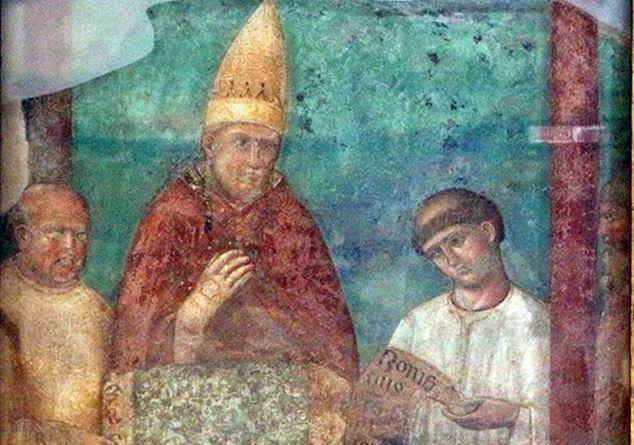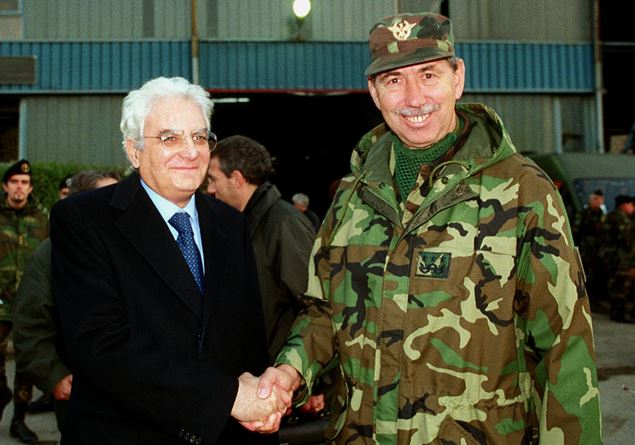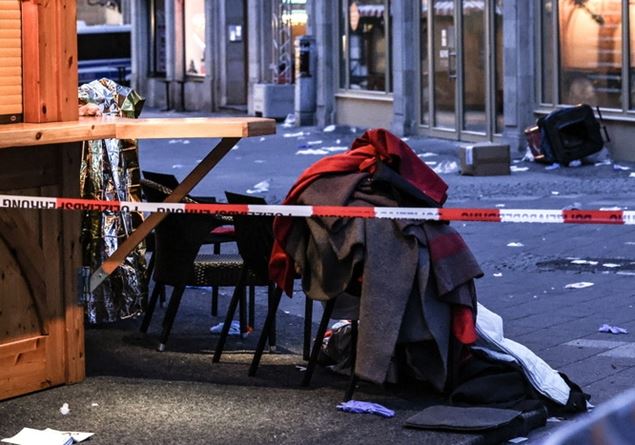
It was the 22 February 1300 When Boniface VIIIwith the Bubble Antiquorum habet trust relatiohe stared the beginning of the Holy Year on 25 March of that year, but with retroactive effect to 25 December 1299.
The Catholic Church thus took up the ancient Jewish tradition in which, every 50 years, a year of rest for the land and the liberation of slaves was celebrated.
If making lands more fertile and reducing inequalities between rich and poor was the meaning of the Holy Year in ancient history, Boniface’s dream was also to rreiterate the centrality of Rome in the Christian world. A new Jerusalem where, attracted by the idea of a “full remission of sins”, many flocked. Among them also Dante. Cimabue, Giotto.
Boniface established that the Jubilee would be celebrated every 100 years. Following, however, a petition made by the Romans to his successor, Pope Clement VI, the period was reduced to 50 years. A new Jubilee was therefore announced in 1350. On that occasion the Pontiff added to the two basilicas to be visited, those of St. Peter and St. Paul Outside the Walls, Also St. John Lateran.
Urban VI, in 1389, in reference to the years of Jesus’ earthly life, decided to convene the Jubilee every 33 years. He scheduled the next celebration in 1390but he died first. The Holy Year was celebrated by Boniface IX. The new Pontiff, given the approach of the end of the century and the great influx of pilgrims, proclaimed a new Jubilee in 1400, just ten years after the end of the previous one.
Martin V, in turn, did not wait the expected 33 years, but proclaimed the Holy Year in 1425at the end of the Western Schism. On that occasion not only did pilgrims visit San Giovanni in Laterano, but it was opened a third Holy Door in the basilica.
Even for the next Jubilee the age of 33 was not expected. In fact, under the pontificate of Nicholas V, it was announced for 1450.
It was then Paul II, with a Bull of 1470, who established the cadence at 25 years. They were then held in 1475, when Sixtus IV wanted Rome to be embellished with the Sistine Chapel and the Sisto bridge over the Tiberand in 1500when Alexander VI wanted the Holy Doors of the four basilicas of Rome (including Santa Maria Maggiore) to open at the same time.
This was followed by the Holy Years of 1525 (Clement VII), 1550 (proclaimed by Paul III and opened by Julius III), 1575 (Gregory XIII), 1600 (Clement VIII), 1625 (Urban VIII), 1650 (Innocent 1675 (Clement X).
For 1800, however, Napoleonic power prevented Pius VII from calling the Jubilee. It recovered, with over half a million pilgrims, nel 1825. In that year Leo XII replaced the basilica of San Paolo Outside the Walls, destroyed by fire, with Santa Maria in Trastevere.
With lthe exile of Pius IX the Jubilee of 1850 could not be celebrated. The Pontiff himself, however, managed to call the one in 1875, despite renouncing the opening and closing ceremonies of the Holy Doors due to the occupation of the troops of Vittorio Emanuele II.
In 1900, during the Jubilee announced by Leo XIII, Saint John Baptist de La Salle and Saint Rita of Cascia were canonized.
It’s up to Pius XI the 1925 convocation with particular attention to missions and world peace. In 1950, after the end of the war, Pius XII urged us to continue praying for peace and the protection of the holy places, as well as working for social justice and in favor of the humble and needy. During this Jubilee it is proclaimed the dogma of the Assumption of Mary into heaven.
In 1975 it was up to Paul VI to announce the Jubilee with the oobjectives declared by the Pontiff of “renewal and reconciliation”.
Continued the Great Jubilee of 2000 announced by John Paul II with the bull Incarnationis Mysterium, two thousand years after the birth of Christ.
The Extraordinary Jubilee of Mercy was celebrated with Pope Francis on the occasion of the 50th anniversary of the closing of the Second Vatican Council with the opening of the Holy Door, on 29 November 2015, in the Notre-Dame Cathedral of Bangui, capital of the Central African Republic, and on 8 December in St. Peter’s.
(Top image: Boniface VIII proclaims the jubilee of 1300, Giotto, fragment, public domain)









